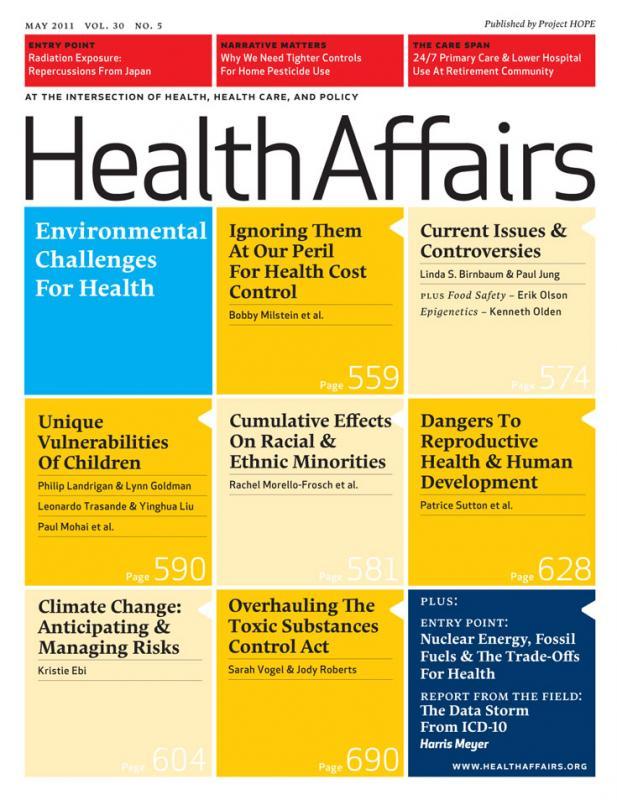Interventions targeting frequent emergency department (ED) users are increasingly common, but many are developed with limited understanding of this population’s comprehensive use of medical and social services. To better identify the needs of this population, this analysis of more than 20,000 Medicaid beneficiaries in San Francisco County, California looks beyond ED and medical care use to include other cross-sector services.
This two year study linked multiple sources of data on medical, behavioral health, and social services to compare nonfrequent and frequent ED users, with a focus on nonelderly populations. Frequent ED users had more comorbidities and a significantly higher mortality rate. They also had higher utilization of primary and urgent care, as well more frequent use of scheduled and acute behavioral health and social services, such as outpatient mental health visits, sobering center visits, and encounters with homeless or jail services. The study also compared super-frequent ED users with frequent and non-frequent users.
Integrating data from various sectors may help improve care coordination for these high-need patients and lessen the duplicative and siloed nature of services that are typically provided.




